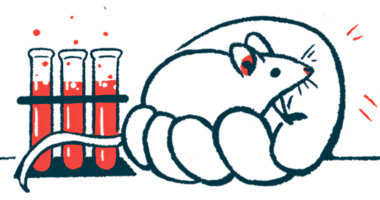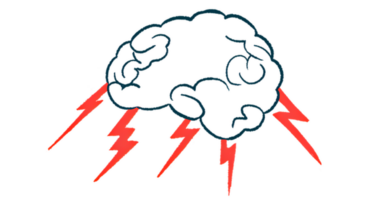Deep brain stimulation surgery allows guitarist to play once again
Surgical treatment, and its adjustments, given at Toronto Western Hospital

Before deep brain stimulation (DBS), a surgical treatment for Parkinson’s disease, made it possible for guitarist Fabio Dwyer to again play and return to his livelihood in Canada, all had seemed lost.
Be it performing, composing, or teaching, Dwyer’s world was ensconced in music. He had helped to establish a band in Toronto and, as a proficient guitarist in a number of musical genres, had played with a variety of groups throughout Ontario.
Then he began having difficulty moving his right hand, and trouble with walking, talking, and swallowing.
Deep brain stimulation helps to treat Parkinson’s motor symptoms
Fighting fatigue and a growing depression, Dwyer, then 40, went through a series of medical tests. Given his age, he was shocked by the disease diagnosis that arrived: early onset Parkinson’s. In about 10% to 20% of Parkinson’s cases, the disease begins before an individual turns 50.
Dwyer felt his world — which he and his partner, Laura, had built around music — starting to crumble. Co-owner of the Mill House School of Music in Toronto, he was concerned about how his family, which included two young children, would manage.
By 2019, the disease tremors that accompany a lack of dopamine signaling began to affect his fingers.
“For a musician, that’s like a death sentence,” Dwyer said in a news article from the UHN Foundation, part of University Health Network of Toronto.
But he soon learned that he was a candidate for a DBS procedure at the network’s Edmond J. Safra Program in Parkinson’s Disease, which houses the Morton and Gloria Shulman Movement Disorders Clinic. The program and its clinic, in turn, are part of the Krembil Brain Institute at Toronto Western Hospital, which is part of UHN.
Parkinson’s is caused by the death of neurons that produce dopamine, a brain chemical messenger. Their loss contributes to disease symptoms such as tremor, rigidity, and slowed movements.
While various disease treatments work to boost dopamine levels, their effectiveness over time diminishes. Deep brain stimulation involves a surgery to place electrodes, or fine wires, in specific regions of a patient’s brain. The electrodes are connected to a battery-powered neurostimulator device that’s implanted below the skin, usually below the collarbone.
By releasing electrical currents, via electrodes, into the brain, the device stimulates the targeted regions, interrupting the abnormal signaling patterns that cause tremor and other Parkinson’s motor symptoms.
11 adjustments made to fine-tune, optimize Dwyer’s DBS treatment
In a waiting room at Toronto Western, Dwyer encountered a doctor he knew as a keyboard player, Alfonso Fasano, MD, PhD, a Krembil Brain Institute movement disorders specialist and neurologist. Fasano ultimately adjusted the surgically implanted device to fine-tune and optimize the treatment.
Six months after his DBS surgery, which included 11 adjustment sessions, Dwyer again was able to manage his tremor and other symptoms.
“Every day, I just continue to improve,” he said. The foundation reports that Dwyer now has regained 95% of his guitar-playing abilities.
What is being called Dwyer’s “remarkable recovery” was a team effort, UNH reports, and included a nurse practitioner who monitored his DBS adjustments, and a kinesiologist who helped him regain muscle strength and coordination. It also included the Movement Disorders Clinic coordinator who helped Dwyer manage daily challenges.
The UHN Foundation supports the various programs and initiatives at United Health Network.







